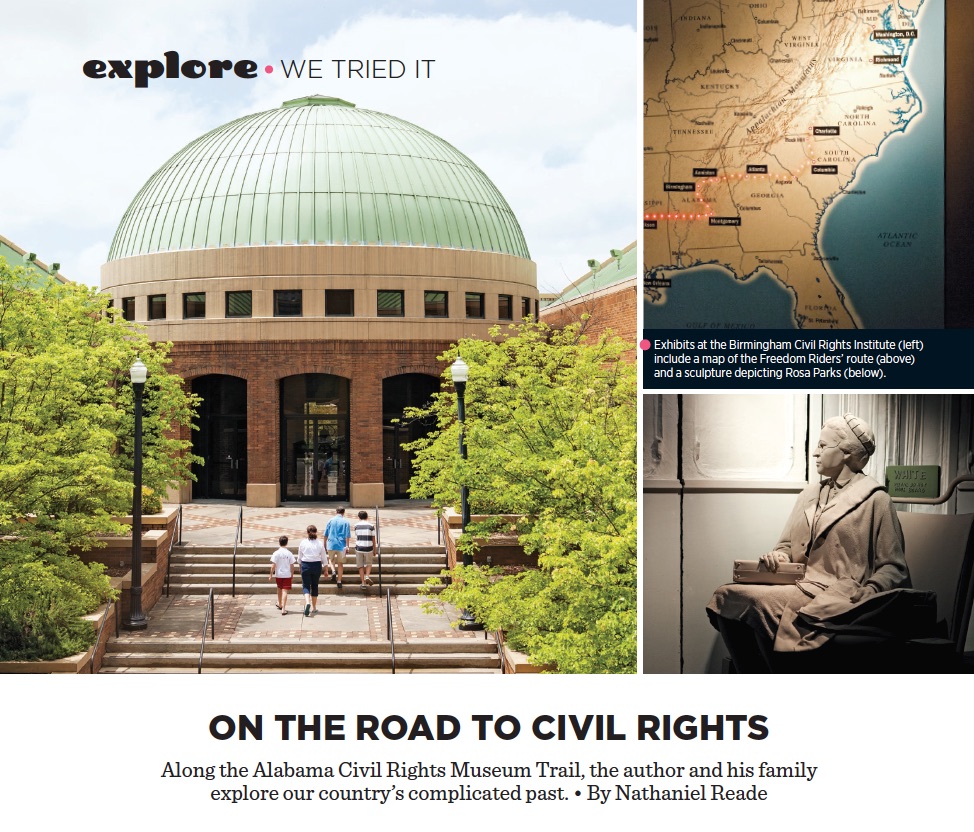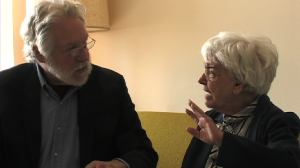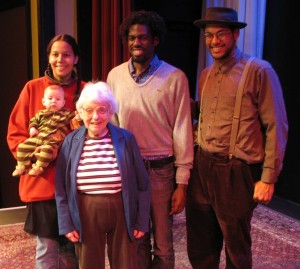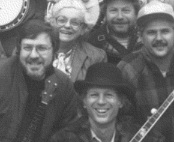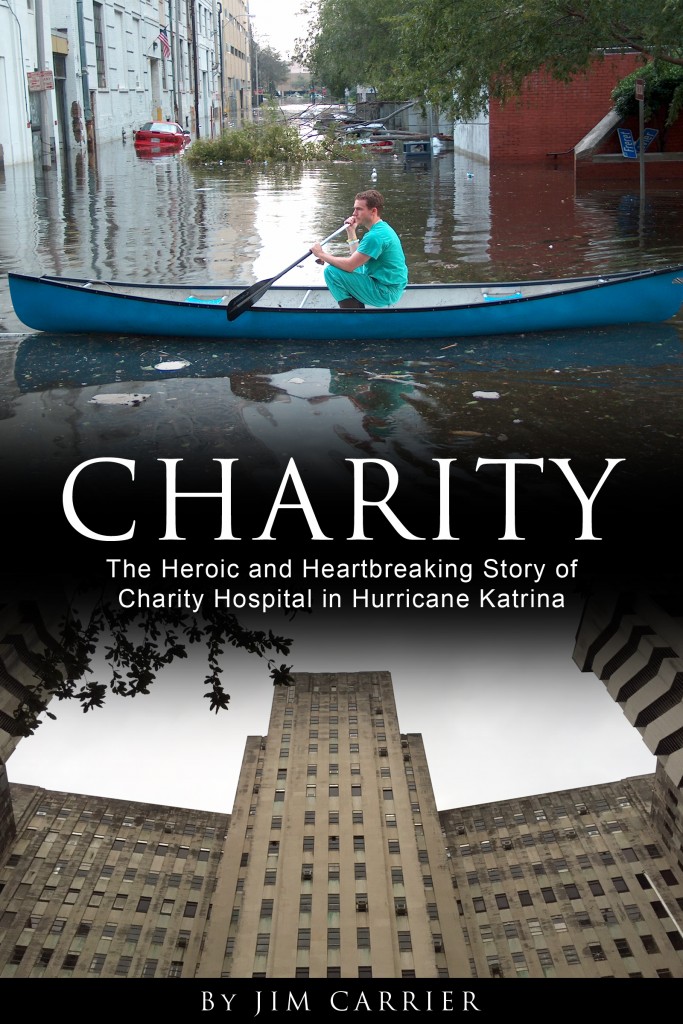 Aug. 29, 2015 marked the 10th anniversary of Hurricane Katrina. Lost in the long aftermath of the storm’s deadly destruction, scandals and even, at one hospital, euthanasia, stands the heroic story of Charity Hospital, the country’s oldest hospital.
Aug. 29, 2015 marked the 10th anniversary of Hurricane Katrina. Lost in the long aftermath of the storm’s deadly destruction, scandals and even, at one hospital, euthanasia, stands the heroic story of Charity Hospital, the country’s oldest hospital.
CHARITY is my latest book – a gripping, 25,000-word read, available as an instant download from all major sellers – Amazon, Barnes &Noble, iBooks, Google Play, and Kobo.
It is also available as a paperback, $10 from Amazon.
With a new afterward: Where are they now? Updating the life stories of the storm’s heroes: doctors, nurses, staff – and patients. With a sketch of Charity’s replacement hospital open Aug. 1.
Pieces of the Charity Hospital story were reported during Katrina and its immediate aftermath. What has never been told is the remarkable five-day transformation of an infirm institution, caught in a sea of death and indifference, into an island of care and tenderness.
Cut off from medical gizmos, cast loose by government, Charity’s manifest found themselves in a boat together. They did not sink into chaos. They found humankind, affection and love. Only that can explain why Charity, with the sickest of the sick, lost the fewest lives – 8 out of 154 reported deaths at flooded health care institutions.
Katrina, as storms do, washed away illusions and exposed weaknesses: the levees, the morally gutted police, a rickety infrastructure, a fragile society that had been living for generations on the take and on the come, and a city – and a state and a nation — that could not, or would not, care for its own. Charity’s frailties were laid bare, too; it was a sick, white elephant.
In the wake of Katrina, with the hospital a dark hot tomb, its staff laid off and dispersing, an official ambivalence about rebuilding Charity eerily echoed the larger debate about rebuilding New Orleans – and provided health care for the indigent.
In retrospect, the sense of doom is excruciating. Having lived through it by evacuating my Lakeview home, having watched (from afar) the storm roar past, and the slow tsunami that drowned my dreams, emptied New Orleans and left Charity art deco carrion, drama is an inadequate word. The hour-by-hour recreation of this hospital’s final days is one of the most grievous and heroic stories in American history.
What survived, and soars, is this: In a dying city and dying hospital, lives were changed. Patients rose up and lived. Doctors, deprived of their technical toys, embraced the patients – for hours on end. Numbers became human beings, on both sides of the air bag. As if struck by angels, people walked out of Charity changed.
Cover design by Michael Sanborn. Cover photos by Mooney Bryant-Penland (doctor in canoe) and Penny Weaver (Charity today)

